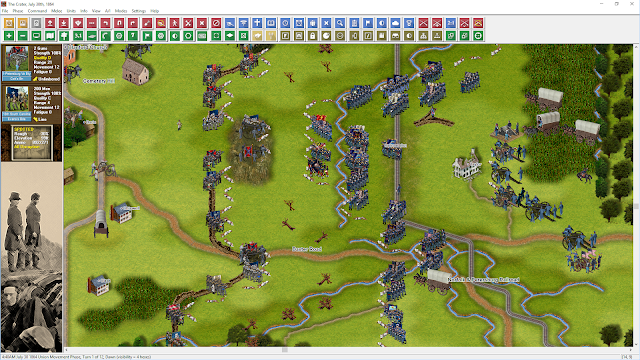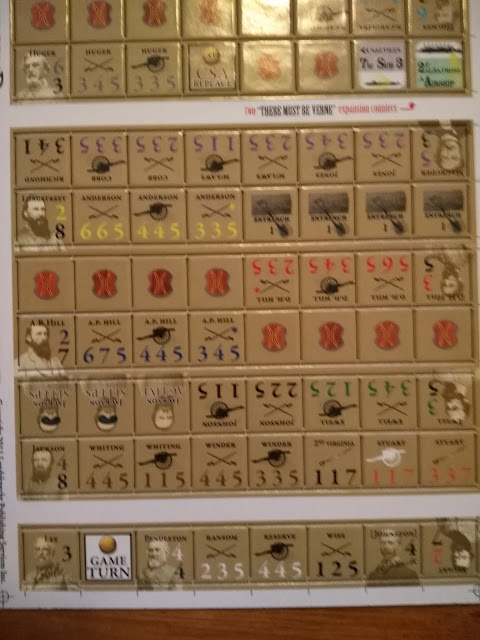The Cornfield
Antietam's Bloody Turning Point
by
David A. Welker
To anyone who has even the smallest amount of Civil War history rattling around upstairs, they know the 'Cornfield'. Oh sure, you could say Miller's Cornfield on the Battlefield of Antietam, but you do not have to. They will know what cornfield you mean. Just like, mentioning the 'Hornet's Nest', you do not have to add at Shiloh. The cornfield at Antietam was one of the most contested plots of the Civil War. The amount of death and destruction inflicted in that small piece of land is almost unimaginable. The corn even halfway though the day was cut almost to the ground as with a scythe, as one veteran recalled.
In this book Casemate has once again lied, and not just fibbed, by using a book title that does a disservice to the book. In actual fact, a full seventy pages (out of 268 pages) of the book is devoted to the Antietam Campaign and the military moves that led to the Battle of Antietam.
The cover of the book shows us the two main Confederate generals on this side of the battle, Lee and Jackson. The picture looks like they are half enshrouded in the morning mist of September 17th, 1862.
The author has given us eight pages of photos and pictures of before, during, and after the battles. He has however, done something much better than just showing us old daguerreotypes. The book has twenty-six maps! So that is roughly one map for every ten pages. Not only that, the maps are actually readable and not a copy of a copy of a smudged copy. You can easily use them to follow along with the writer's excellent prose. There are also two appendices. The first shows the entire order of battle for both sides with the commanders. The second shows the regiments with the most casualties and the most deaths by percentage that were in battle in or near the cornfield. The 1st Texas regiment of Hood's Division (actually in Longstreet's Corps), suffered 82.30% casualties that day. The 12th Massachusetts regiment of the Second Division (in Joseph Hooker's I Corps) lost 64.07%.
The book is one that should be on every shelf of anyone who has interest in the military history of the Civil War. The continual ebb and flow of both sides over the remnants of the bloody cornfield are of epic proportion. Thank you Casemate Publishers for allowing me to review this excellent addition to the history of the Battle of Antietam.
Robert
Book: The Cornfield: Antietam's Bloody Turning Point
Author: David A. Welker
Publisher: Casemate Publishers































Follow Us